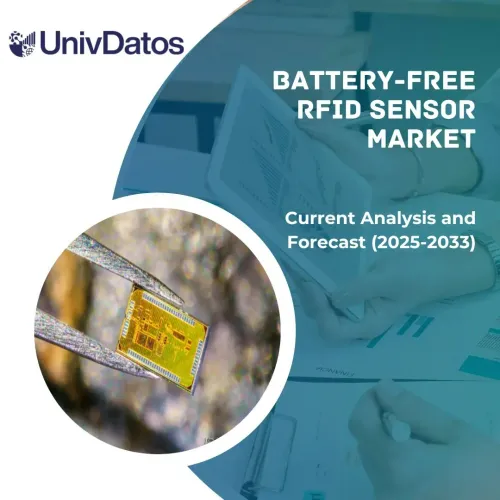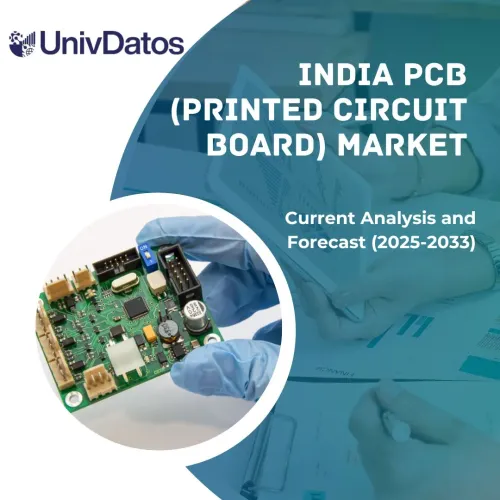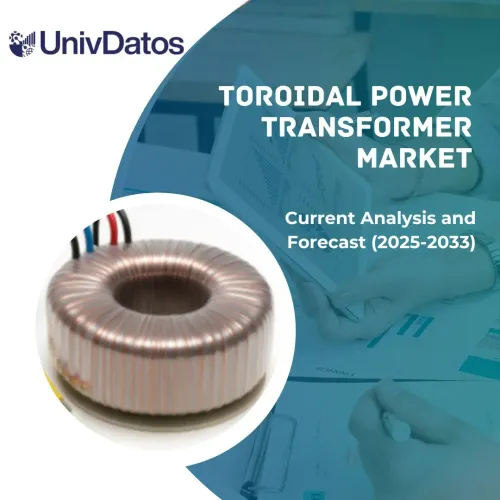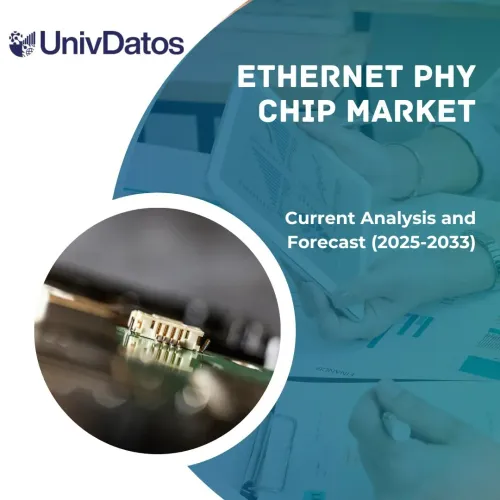- Accueil
- À propos de nous
- Industrie
- Services
- Lecture
- Contactez-nous
Marché des électrodes à diffusion de gaz : analyse actuelle et prévisions (2024-2032)
Accent sur le type (GDE à base de carbone, GDE à base de métal, ET GDE à base de polymère), l'application (piles à combustible, électrolyse HCl, procédé chlore-alcali, et autres), l'application (électronique, microélectronique, alimentation électrique portable, batterie de stockage, transport et automobile) et la région/pays
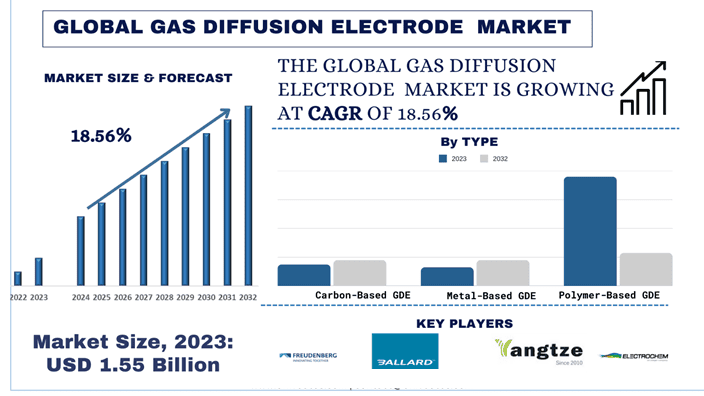
Taille et prévisions du marché des électrodes à diffusion de gaz
Le marché des électrodes à diffusion de gaz était évalué à 1,55 milliard USD et devrait croître à un TCAC solide d'environ 18,56 % au cours de la période de prévision (2024-2032)
Analyse du marché des électrodes à diffusion de gaz
Le marché des électrodes à diffusion de gaz est alimenté par plusieurs moteurs clés qui contribuent à sa croissance et à sa popularité. L'un des principaux moteurs est la demande croissante de solutions d'énergie propre. Les GDE jouent un rôle crucial dans des technologies comme les piles à combustible, qui offrent une alternative propre et efficace aux combustibles fossiles. Alors que l'accent sur la durabilité environnementale s'intensifie, la demande de GDE est appelée à augmenter.
Deuxièmement, la croissance de l'économie de l'hydrogène stimule le marché, car l'hydrogène est considéré comme un vecteur d'énergie propre prometteur, et les GDE sont essentiels à la production d'hydrogène par électrolyse. Le développement de l'économie de l'hydrogène stimulera davantage le marché des GDE.
Enfin, en raison des progrès technologiques. La recherche et le développement sur les GDE mènent à une amélioration de l'efficacité, de la durabilité et de la rentabilité. Ces avancées rendront les GDE encore plus attrayantes pour diverses applications.
Tendances du marché des électrodes à diffusion de gaz
Cette section traite des principales tendances du marché qui influencent les différents segments du marché des électrodes à diffusion de gaz, telles qu'identifiées par notre équipe d'experts en recherche.
Focalisation croissante sur la réduction des coûts :
Le coût élevé des électrodes à diffusion de gaz (GDE) a toujours été un obstacle important à une adoption plus large dans les technologies d'énergie propre comme les piles à combustible.
Les GDE traditionnels reposent sur des catalyseurs comme le platine, qui contribue largement à leur coût. Pour y remédier, les fabricants recherchent et développent activement des matériaux catalytiques alternatifs. Ces alternatives peuvent explorer des options comme le fer, le nickel ou le cobalt pour réduire considérablement le prix. Outre la substitution des matériaux, l'optimisation des processus de production est un autre moyen de réduire les coûts. Cela peut impliquer la mise en œuvre de techniques de fabrication plus efficaces, ce qui peut réduire les déchets de production et les coûts associés. De plus, à mesure que la demande de GDE augmente, l'augmentation de la production grâce à l'automatisation et à d'autres techniques peut conduire à des économies d'échelle, ce qui réduit le coût unitaire. Dans l'ensemble, la concentration croissante sur la réduction des coûts sur le marché des GDE est une étape cruciale pour rendre les technologies d'énergie propre plus accessibles et commercialement viables. Cette tendance a le potentiel de révolutionner le paysage de l'énergie propre en faisant des GDE une option plus attrayante pour un plus large éventail d'applications.
L'Asie-Pacifique devrait croître avec un TCAC significatif au cours de la période de prévision.
De nombreux pays asiatiques, en particulier le Japon, la Corée du Sud et la Chine, investissent massivement dans les technologies d'énergie propre. Ces investissements se traduisent par une demande croissante de GDE en tant que composant crucial. La pollution de l'air est une préoccupation majeure en Asie-Pacifique. Les gouvernements militent pour des solutions énergétiques plus propres, créant un environnement favorable à l'adoption des GDE. De plus, l'Asie-Pacifique est un important centre de fabrication doté de capacités établies. Cette infrastructure peut être exploitée pour développer et produire des GDE plus efficacement. Les coûts de fabrication ont tendance à être inférieurs en Asie-Pacifique par rapport à certaines régions développées. Cet avantage permet aux fabricants asiatiques de produire des GDE à un prix plus compétitif.

Aperçu de l'industrie des électrodes à diffusion de gaz
Le marché des électrodes à diffusion de gaz est compétitif et fragmenté, avec la présence de plusieurs acteurs mondiaux et internationaux. Les principaux acteurs adoptent différentes stratégies de croissance pour renforcer leur présence sur le marché, telles que des partenariats, des accords, des collaborations, le lancement de nouveaux produits, des expansions géographiques et des fusions et acquisitions. Parmi les principaux acteurs opérant sur le marché, citons Giner, Inc., Freudenberg SE, Sainergy, Johnson Matthey plc, IRD Fuel Cells, Industrie De Nora S.p.A, NovoCell, Yangtze Energy Technologies Inc, Electrochem Solutions, Inc et Ballard Power Systems.
Actualités du marché des électrodes à diffusion de gaz
- 2022 : La « Stratégie de base pour l'hydrogène » du Japon expose des plans ambitieux pour la production d'hydrogène et le déploiement de piles à combustible, signalant une impulsion importante pour le marché des GDE.
- 2023 : La Corée du Sud dévoile une « feuille de route nationale pour l'hydrogène » visant une production d'hydrogène à grande échelle et une commercialisation des piles à combustible d'ici 2030. Cette feuille de route devrait augmenter considérablement la demande de GDE dans le pays.
- 2024 (YTD) : La Chine annonce son intention de construire la plus grande installation de production d'hydrogène vert au monde. Ce projet nécessitera une quantité massive de GDE, consolidant davantage le rôle de la Chine sur le marché des GDE.
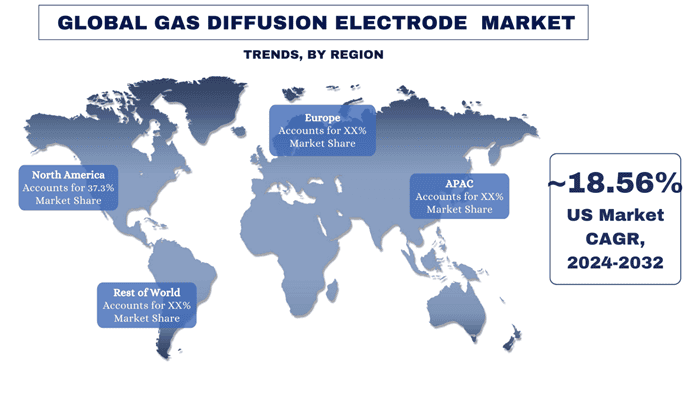
Couverture du rapport sur le marché des électrodes à diffusion de gaz
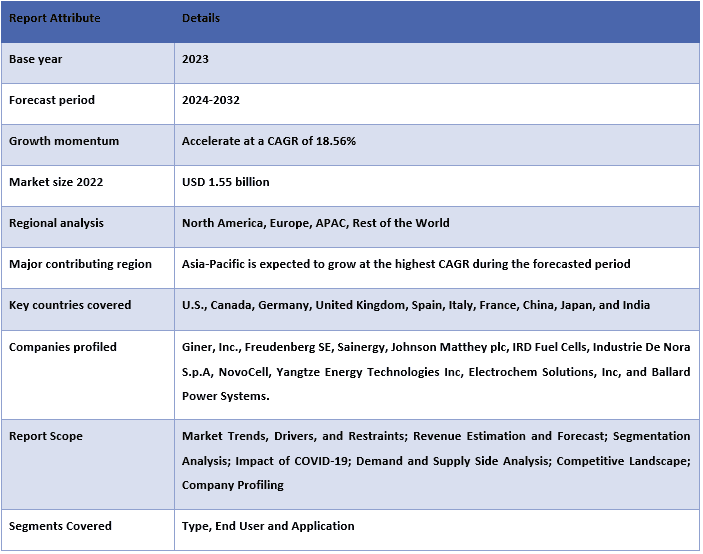
Raisons d'acheter ce rapport :
- L'étude comprend une analyse de dimensionnement et de prévision du marché validée par des experts clés du secteur authentifiés.
- Le rapport présente un bref aperçu des performances globales du secteur en un coup d'œil.
- Le rapport couvre une analyse approfondie des principaux acteurs du secteur en mettant l'accent sur les principaux indicateurs financiers commerciaux, les portefeuilles de produits, les stratégies d'expansion et les développements récents.
- Examen détaillé des moteurs, des contraintes, des principales tendances et des opportunités prévalant dans l'industrie.
- L'étude couvre de manière exhaustive le marché dans différents segments.
- Analyse approfondie au niveau régional de l'industrie.
Options de personnalisation :Le marché mondial des électrodes à diffusion de gaz peut être personnalisé davantage en fonction des besoins ou de tout autre segment de marché. En outre, UMI comprend que vous pouvez avoir vos propres besoins commerciaux, n'hésitez donc pas à nous contacter pour obtenir un rapport qui correspond parfaitement à vos besoins.

Vous pouvez également acheter des parties de ce rapport. Souhaitez-vous consulter une section par section ?
liste de prix ?
Table des matières
Méthodologie de recherche pour l'analyse du marché des électrodes à diffusion de gaz (2024-2032)
L'analyse du marché historique, l'estimation du marché actuel et la prévision du marché futur du marché mondial des électrodes à diffusion de gaz ont été les trois étapes majeures entreprises pour créer et analyser l'adoption des électrodes à diffusion de gaz dans les principales régions du monde. Des recherches secondaires exhaustives ont été menées pour collecter les chiffres historiques du marché et estimer la taille actuelle du marché. Deuxièmement, pour valider ces informations, de nombreuses conclusions et hypothèses ont été prises en considération. De plus, des entretiens primaires approfondis ont également été menés, avec des experts du secteur tout au long de la chaîne de valeur du marché mondial des électrodes à diffusion de gaz. Après l'hypothèse et la validation des chiffres du marché par le biais d'entretiens primaires, nous avons employé une approche descendante/ascendante pour prévoir la taille complète du marché. Par la suite, des méthodes de ventilation du marché et de triangulation des données ont été adoptées pour estimer et analyser la taille du marché des segments et sous-segments de l'industrie pertinents. La méthodologie détaillée est expliquée ci-dessous :
Analyse de la taille du marché historique
Étape 1 : Étude approfondie des sources secondaires :
Une étude secondaire détaillée a été menée pour obtenir la taille historique du marché des électrodes à diffusion de gaz par le biais de sources internes de l'entreprise telles querapports annuels et états financiers, présentations des performances, communiqués de presse, etc.,et sources externes, notammentjournaux, actualités et articles, publications gouvernementales, publications de concurrents, rapports sectoriels, bases de données tierces et autres publications crédibles.
Étape 2 : Segmentation du marché :
Après avoir obtenu la taille historique du marché des électrodes à diffusion de gaz, nous avons mené une analyse secondaire détaillée pour recueillir des informations historiques sur le marché et des parts pour différents segments et sous-segments pour les principales régions. Les principaux segments sont inclus dans le rapport en tant que type, utilisateur final et application. Des analyses supplémentaires au niveau national ont été menées pour évaluer l'adoption globale des modèles de test dans cette région.
Étape 3 : Analyse des facteurs :
Après avoir acquis la taille historique du marché des différents segments et sous-segments, nous avons mené un examen détailléanalyse factorielled'estimer la taille actuelle du marché des électrodes à diffusion gazeuse. De plus, nous avons mené une analyse factorielle en utilisant des variables dépendantes et indépendantes telles que le type d'alimentation et l'application du marché des électrodes à diffusion gazeuse. Une analyse approfondie a été menée pour les scénarios de l'offre et de la demande en tenant compte des principaux partenariats, des fusions et acquisitions, de l'expansion commerciale et des lancements de produits dans le secteur du marché des électrodes à diffusion gazeuse à travers le monde.
Estimation et prévision de la taille actuelle du marché
Estimation actuelle de la taille du marché :Sur la base des informations exploitables tirées des 3 étapes ci-dessus, nous sommes parvenus à la taille actuelle du marché, aux principaux acteurs du marché mondial des électrodes à diffusion gazeuse et aux parts de marché des segments. Toutes les parts de pourcentage requises, les répartitions et les ventilations du marché ont été déterminées à l'aide de l'approche secondaire susmentionnée et ont été vérifiées par des entretiens primaires.
Estimation et prévision :Pour l'estimation et les prévisions du marché, des pondérations ont été attribuées à différents facteurs, notamment les moteurs et les tendances, les contraintes et les opportunités disponibles pour les parties prenantes. Après avoir analysé ces facteurs, des techniques de prévision pertinentes, c'est-à-dire l'approche ascendante/descendante, ont été appliquées pour parvenir aux prévisions du marché pour 2030 pour différents segments et sous-segments sur les principaux marchés à l'échelle mondiale. La méthodologie de recherche adoptée pour estimer la taille du marché comprend :
- La taille du marché de l'industrie, en termes de chiffre d'affaires (USD) et le taux d'adoption du marché des électrodes à diffusion gazeuse sur les principaux marchés nationaux
- Toutes les parts de pourcentage, les répartitions et les ventilations des segments et sous-segments du marché
- Les principaux acteurs du marché mondial des électrodes à diffusion gazeuse en termes de produits proposés. De plus, les stratégies de croissance adoptées par ces acteurs pour concurrencer sur le marché en croissance rapide.
Validation de la taille et de la part de marché
Recherche primaire :Des entretiens approfondis ont été menés avec les principaux leaders d'opinion (KOL), y compris les cadres de haut niveau (CXO/VP, responsable des ventes, responsable du marketing, responsable des opérations, responsable régional, responsable pays, etc.) dans les principales régions. Les résultats de la recherche primaire ont ensuite été résumés et une analyse statistique a été effectuée pour prouver l'hypothèse énoncée. Les contributions de la recherche primaire ont été consolidées avec les conclusions secondaires, transformant ainsi les informations en informations exploitables.
Répartition des participants primaires dans les différentes régions
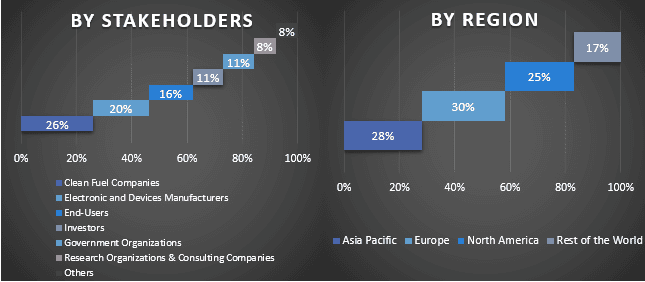
Ingénierie du marché
La technique de triangulation des données a été employée pour compléter l'estimation globale du marché et pour parvenir à des chiffres statistiques précis pour chaque segment et sous-segment du marché mondial des électrodes à diffusion gazeuse. Les données ont été divisées en plusieurs segments et sous-segments après avoir étudié divers paramètres et tendances dans les domaines du type, de la technologie, du composant et de l'utilisateur final du marché mondial des électrodes à diffusion gazeuse.
L'objectif principal de l'étude du marché mondial des électrodes à diffusion gazeuse
Les tendances actuelles et futures du marché mondial des électrodes à diffusion gazeuse ont été identifiées dans l'étude. Les investisseurs peuvent obtenir des informations stratégiques pour baser leur discrétion en matière d'investissements sur l'analyse qualitative et quantitative effectuée dans l'étude. Les tendances actuelles et futures du marché ont déterminé l'attractivité globale du marché au niveau régional, offrant une plateforme aux participants industriels pour exploiter le marché inexploité afin de bénéficier d'un avantage de premier arrivé. Les autres objectifs quantitatifs des études comprennent :
- Analyser la taille actuelle et prévue du marché des électrodes à diffusion gazeuse en termes de valeur (USD). Analyser également la taille actuelle et prévue du marché des différents segments et sous-segments.
- Les segments de l'étude comprennent les domaines du type, de l'utilisateur final et de l'application.
- Définition et analyse du cadre réglementaire des électrodes à diffusion gazeuse
- Analyser la chaîne de valeur impliquée avec la présence de divers intermédiaires, ainsi qu'analyser les comportements des clients et des concurrents de l'industrie.
- Analyser la taille actuelle et prévue du marché des électrodes à diffusion gazeuse pour la région principale.
- Les principaux pays des régions étudiées dans le rapport comprennent l'Asie-Pacifique, l'Europe, l'Amérique du Nord et le reste du monde
- Profils d'entreprises du marché des électrodes à diffusion gazeuse et les stratégies de croissance adoptées par les acteurs du marché pour se maintenir sur le marché en croissance rapide.
- Analyse approfondie au niveau régional de l'industrie
Questions Fréquemment Posées FAQ
Q1 : Quelle est la taille actuelle du marché et le potentiel de croissance du marché des électrodes à diffusion de gaz ?
Q2 : Quels sont les facteurs de croissance du marché des électrodes à diffusion de gaz ?
Q3 : Quel segment détient la plus grande part du marché des électrodes à diffusion de gaz par type ?
Q4 : Quelles sont les technologies et tendances émergentes du marché des électrodes à diffusion de gaz ?
Q5 : Quelle région dominera le marché des électrodes à diffusion de gaz ?
Connexes Rapports
Les clients qui ont acheté cet article ont également acheté



